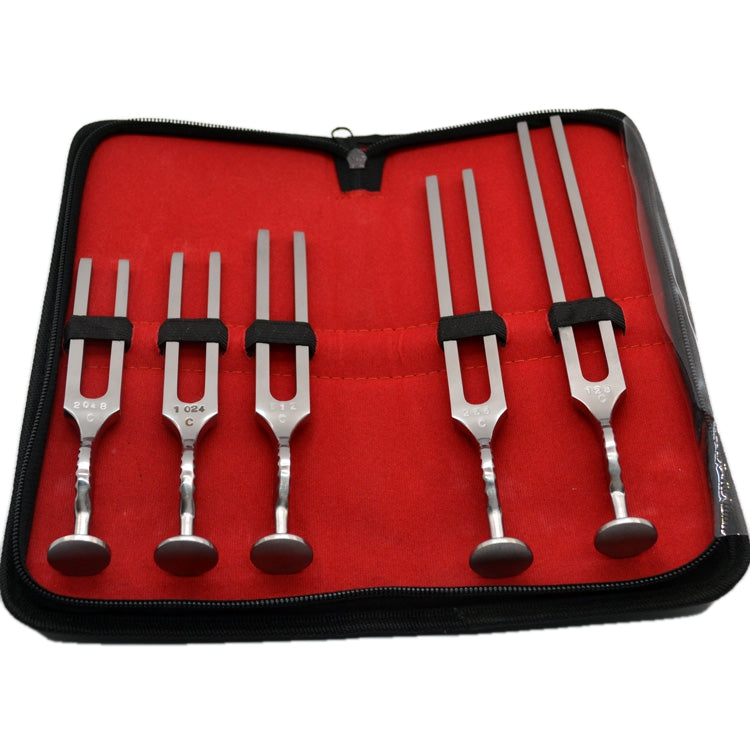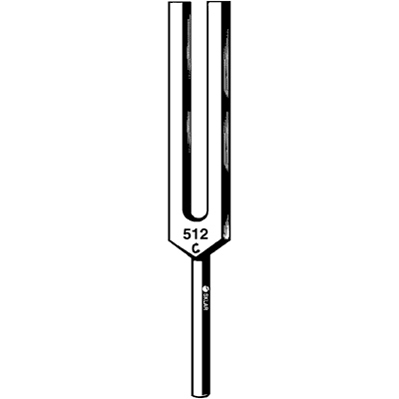

Conductive hearing loss:Negative test result(Normal hearing).Normal:Positive test result(Decreased hearing).Tuning fork is placed on mastoid and the pressure in the ear canal is increased using the Siegle’s speculum.Conductive Hearing Loss:No change in hearing(Negative).Sensorineual Hearing loss:hears louder when ear canal is open(Positive).Normal: Hears louder when ear canal is closed (Positive).This is like ABC test, but the external ear canal is alternately closed and opened by pressing and releasing the tragus.Conductive loss:Bone Conduction is equal to that of examiner.Sensorineural loss:Bone Conduction is reduced as compared to Examiner’s.This is a modified Schwabach’s test where, the bone conduction level of patient is compared to that of the clinician with inclusion occlusion of the External Auditory Canal(assuming that Examiner has Normal Hearing).Conductive loss.If the patient hears it longer than the examiner.Sensorineural loss:If the patient stops hearing before the examiner.Normal:Patient’s Bone Conduction is equal to that of examiner.
 It compares the patient’s bone conduction to that of the examiner’s(assuming that Examiner has Normal Hearing). Sensorineural deafness – He hears better in the normal ear.
It compares the patient’s bone conduction to that of the examiner’s(assuming that Examiner has Normal Hearing). Sensorineural deafness – He hears better in the normal ear. 
Conductive deafness – He hears the sound better in the diseased ear. Normal – He hears the sound equally in both ears. Weber’s test best elicited by placing tuning fork on the middle of the patient’s forehead and he is asked to say in which ear he hears the sound better. The above can also be avoided by giving a masking sound to the non-test ear. In such cases,Weber’s test will be lateralised to the normal ear thus confirming false negative Rinne’s result. Hence it can be interpreted as Rinne’s Negative. When a patient has unilateral sensori-neural deafness in the test ear, the bone conduction stimulus may be perceived by the opposite ear. A Rinne test should always be accompanied by a Weber test to also detect sensorineural hearing loss and thus confirm the nature of hearing loss. Negative Rinne’s test of 1024 Tuning Fork Frquency suggests Severe Conductive hearing loss of 20-35 dB. Negative Rinne’s test of 512 Tuning Fork Frquency suggests Moderate Conductive hearing loss of 25 dB. Negative Rinne’s test of 256 Tuning Fork Frquency suggests Mild Conductive hearing loss of 10-15 dB. (256 Hz, 512 Hz, 1024 Hz).For routine clinical practice, tuning fork of 512 Hz is ideal. The procedure is done by all three tuning forks. (AC= Air Conduction and BC= Bone Conduction)Ĭonductive Hearing Loss:BC > AC (Rinne’s Negative). Frequency of tuning fork commonly used for performing Rinne’s test is 512 Hz. It compares perception of sounds transmitted by air conduction to those transmitted by bone conduction through the mastoid. Tuning fork tests used to differentiate hearing loss are: Rinne’s test,Weber test,Absolute bone conduction (ABC) test,Schwabach’s test,Bing test,Gelle’s test. It is a frequency common in human speech. The most preferred and commonly used is 512 Hz frequency because it is better felt since tuning forks of higher frequency have shorter decay time and those with lower frequency produce a sense of bone vibration. These three frequencies are used because they fall within speech frequency range. Ideally 3 frequencies are used 256 Hz, 512 Hz, and 1024 Hz. Tuning fork frequency used most commonly in the ENT clinic is of 512Hz.







 0 kommentar(er)
0 kommentar(er)
